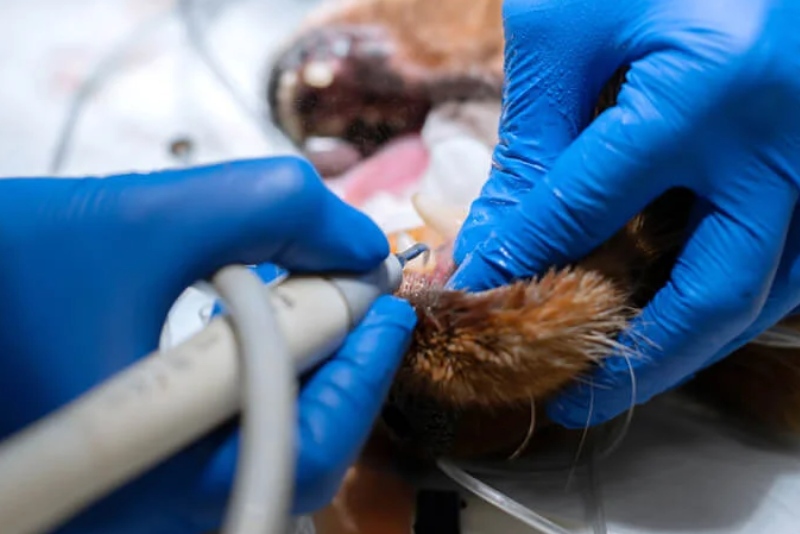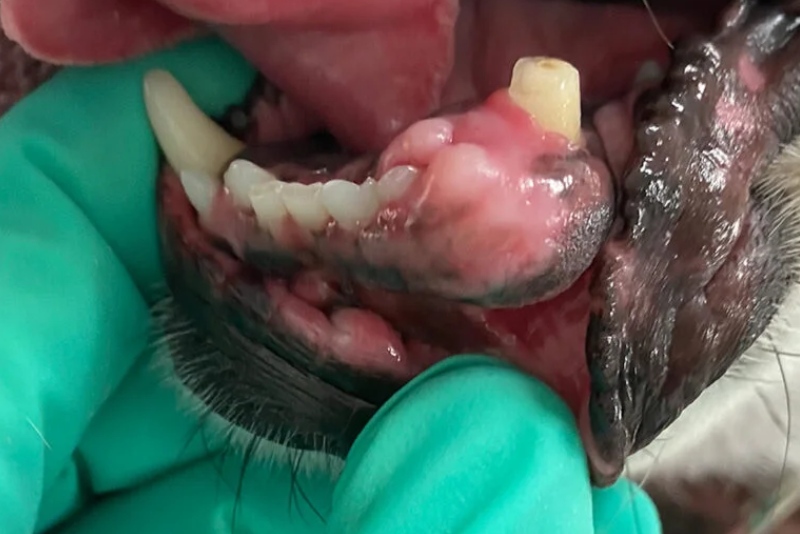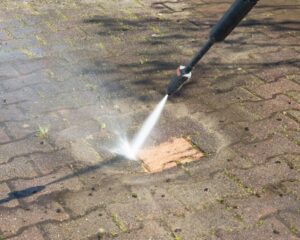
Has your cat been showing signs of discomfort when eating? Are their teeth looking a bit off? If so, it could be a sign of feline tooth resorption. Feline tooth resorption is a condition that affects cats and can cause pain, discomfort, and tooth loss if left untreated. In this article, we will explore the causes, symptoms, diagnosis, and treatment. We’ll also discuss how to prevent it from happening in the first place. So, let’s get started and learn!
What is Feline Tooth Resorption?
Feline tooth resorption (also known as FORL, or feline odontoclastic resorptive lesions) is a common condition that affects cats. It is a condition where the tooth is slowly eaten away from the inside out by cells in the tooth called odontoclasts. This process can lead to pain and discomfort, as well as tooth loss, if left untreated. It is most commonly seen in middle-aged and older cats, with some studies showing that up to 60% of cats over the age of 6 years old show signs of FORL.
The exact cause of feline tooth resorption is not known, although there are several theories. Some believe that it is caused by the body mistakenly attacking its own teeth due to an autoimmune reaction, while others believe it could be due to a virus or bacteria. Whatever the cause, it is important to know the signs and symptoms so that you can get your cat treated as soon as possible.
Causes
The exact cause of this disease is not known, but there are several theories. One theory suggests that it is caused by an autoimmune reaction, where the body mistakenly attacks its own teeth. This could be caused by a number of factors, such as genetics, aging, or even stress. Another theory suggests that it could be caused by a virus or bacteria, although this is less likely. A third theory suggests that it could be caused by trauma, such as a fall or a hard blow to the face.
Regardless of the cause, it is important to keep an eye out for signs and symptoms. If your cat is showing signs of discomfort or pain when eating, or if their teeth look a bit off, it is important to take them to the vet for a check-up.
Symptoms
The most common symptom is pain or discomfort when eating. This is usually due to the tooth being eaten away from the inside out. Other common symptoms include:
- Bad breath
- Bleeding gums
- Redness or inflammation of the gums
- Drooling
- Difficulty eating
- Weight loss
- Visible holes or pits in the teeth
If your cat is showing any of these symptoms, it is important to take them to the vet as soon as possible.
Diagnosing and Treating
If you think your cat may have Feline Tooth Resorption, it is important to take them to the vet for a check-up. The vet will be able to diagnose the condition through an oral examination and may also take x-rays to get a better look at the affected teeth.
Once the condition has been diagnosed, the vet may recommend one of several treatments. These can include a dental cleaning, root canal, or extraction of the affected tooth. The vet will also be able to recommend pain medications or antibiotics to help manage the pain and discomfort associated with the condition.
Prevention
The best way to prevent this disease is to keep your cat’s teeth and gums healthy. This can be done by brushing your cat’s teeth regularly, as well as feeding them a balanced diet and providing them with dental chews and treats. It is also important to take your cat to the vet regularly for check-ups, as this can help to catch any problems early on and prevent them from becoming more serious.

Conclusion
Feline tooth resorption is a common condition that affects cats and can cause pain and discomfort, as well as tooth loss, if left untreated. While the exact cause is not known, it is important to know the signs and symptoms so that you can get your cat treated as soon as possible. The best way to prevent it is to keep your cat’s teeth and gums healthy. So, make sure to brush your cat’s teeth regularly, feed them a balanced diet, and take them to the vet for regular check-ups. With these simple steps, you can help keep your cat’s teeth healthy and prevent by taking the treatment from Veterinary Dental Care. You can get in touch for any further details!


















No Comments yet!